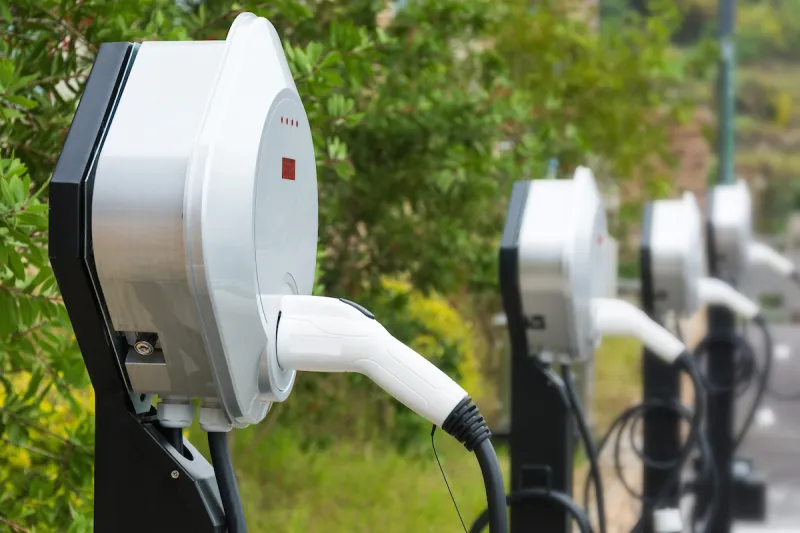Reach codes are building codes that reduce the emission of greenhouse gases and improve air quality by reducing dependence on natural gas and other fossil fuels. They are adopted locally and are more advanced than building codes required by the State. Most of the 15 cities and towns in Santa Clara County and the County itself have adopted Reach Codes. View local reach codes by city in this interactive map. In general, these higher standards apply to new construction, but in some cities they also apply to substantial remodels. The codes have three targets:
- All Electric Homes. The installation of natural-gas infrastructure in new residential construction is prohibited, thereby making cooking appliances, water heaters and furnaces all electric. All new homes are required to run entirely on electric power.
- Solar Panels. Solar panels are a clean source of electricity. Some jurisdictions require the installation of solar panels as part of construction. Other jurisdictions encourage solar panel installation, but require at a minimum that the construction project include the wiring necessary to facilitate future installation.
- All-Electric Vehicles. Some jurisdictions require the installation of electric vehicle charging stations in garage spaces as part of construction. Other jurisdictions encourage installation of charging stations, but require at a minimum, that the construction project include the wiring necessary to facilitate future installation.
Reach codes apply to both market-rate and affordable housing and also apply to non-residential construction, though the scope of the standards can vary.
Reach codes currently apply to new construction, and in some cases to substantial remodels, but there are regulations being considered in multiple jurisdictions to apply the all-electric standards to existing residential buildings. This would require significant retrofits to homes that now depend on natural gas.
Depending on requirements, reach codes can add to the cost of residential construction. However, all-electric buildings are both cleaner to operate and also generate energy cost savings that should lower housing operating costs for residents and property owners.

